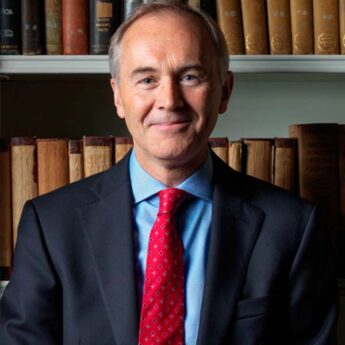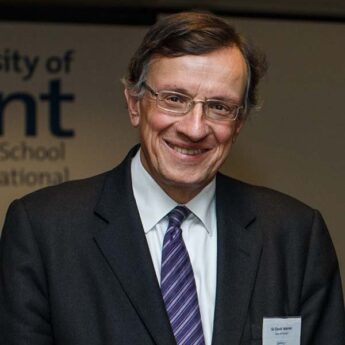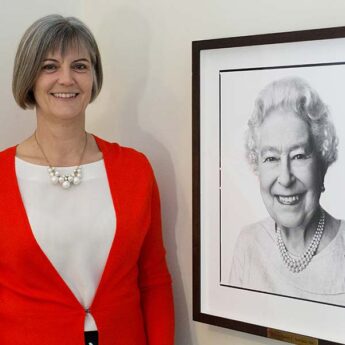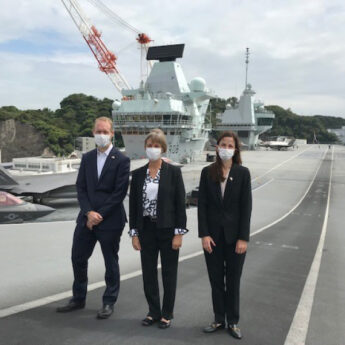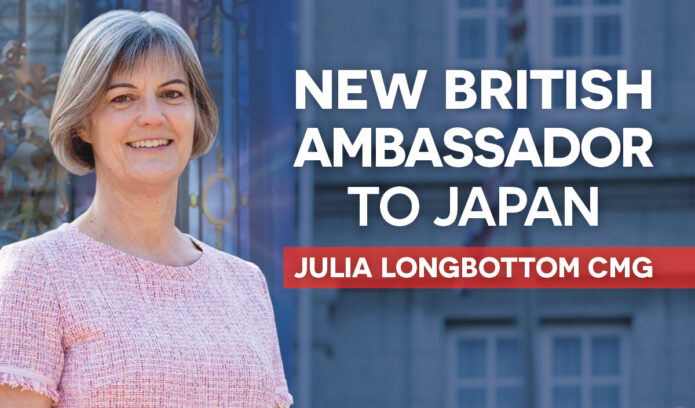Science and media confab discusses Fukushima lessons
- Expectation of zero risk must be abandoned
- A-bomb radiation very different from N-plant meltdown
- Scientists urged to engage with media and the public
This month marks three years since the outbreak of the nuclear crisis at the Fukushima Dai-ichi Nuclear Power Plant. The perceived risk from the fallout and the actual risk are very different, according to many experts.
Who or what is responsible for the differences in perception?
The second annual UK–Japan Nuclear Dialogue in October 2013 identified science communication as a key area where Britain could share its expertise with Japan.
One of the outcomes of this bilateral event was the organisation of the Risk Communications Conference, held at the British Embassy Tokyo on 12–13 February.
Nick Ross, veteran UK journalist and TV presenter, led the proceedings by drawing attention to similarities between the Fukushima crisis and the 1957 fire at the Windscale nuclear reactor facility and plutonium production plant in Cumberland.
As in Japan, the lack of communication from the nuclear industry that followed the UK disaster led to media speculation and public confusion.
In Britain today, scientific advisors play a central role in government, while academics are encouraged to contribute opinions.
In addition, the Science Media Centre, a registered charity committed to objectivity, helps journalists cover complex subjects. Another charitable trust, Sense about Science, provides independent advice to the public.
Ross hopes that the “lessons now being learned can lead to the success of similar systems in Japan”.
The concept of anshin, meaning peace of mind and lack of worry, can help explain the Japanese expectation of absolute zero risk. “This may lead to a reluctance to openly plan for possible crises, or to accept some level of risk in order to benefit”, Ross said.
But this, he claimed, is not unique to Japan.
“Humans have evolved risk sensitivity to help us survive. However, when risk aversion becomes dominant, it does more harm than good. Post-Fukushima, the myth of zero risk must be abandoned. The focus should now be on explaining the risks that exist so the public can make informed choices. One will always see demons in a dark room—but science can be the light”, he said.
Gerry Thomas, a professor at Imperial College London and director of the Chernobyl Tissue Bank, explained the root of these demons.
“There is a learned fear of radiation stemming from the Cold War and Second World War.
“People believe that the consequences of a nuclear bomb are the same as those of a nuclear power plant accident. An atomic bomb gives off a huge amount of a type of radiation that can penetrate through the skin. A nuclear power plant meltdown gives off much less radiation, of a type that only affects you if inhaled or ingested”, Thomas said.
There is also widespread public confusion about acceptable versus dangerous doses of radiation.
“What matters is not the whole amount of radiation emitted, which is often quoted, but the dose an individual receives. The majority of people receive an individual dose equivalent to only a few times that received from natural background radiation; less than from a single CT scan and orders of magnitude less than that used to treat cancer with radiotherapy”, she said.
Thomas cited a recent Russian omnibus survey that found 25% of the public believe hundreds of thousands of people were killed by the Fukushima nuclear crisis, although there have been no fatalities directly due to radiation.
The tsunami and Great East Japan Earthquake killed around 20,000 people, and more than 700 died as a result of evacuation.
A recent report from the United Nations Scientific Committee on the Effects of Atomic Radiation found that the psychological effects on the population following a nuclear accident are far greater than the physical impact.
“The huge displacement, loss of earnings and stress endured have had a much larger health effect than any damage, or even potential damage, from the Fukushima accident”, Thomas said. “In reality, you are much more likely to be ill from worry about radiation than from radiation itself”.
However, “playing on drama and fear sells papers”, Ross said, “and this presents a real dilemma for the media”.
Further, many scientists fear that journalists might twist their words. “When I first met Nick, I was scared of him!” Thomas said. “But when experts stay silent, journalists can only speculate”.
Ross agreed. “A crisis is a reason to engage rather than an excuse to stay silent. I urge scientists to seek out ways to engage with the public. I urge universities not to control their academics, but allow them to inform the impatient 24-hour news agenda. I urge nuclear power plants to invite journalists in. The most important ingredient for trust is openness.
“There’s nothing like a crisis to drive change. In five years’ time, I hope Japan will be a world leader in risk communication”, Ross concluded.

